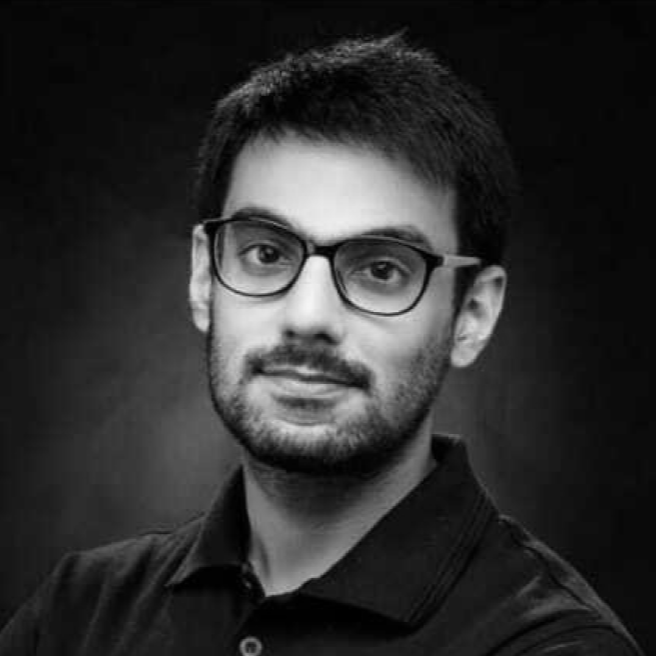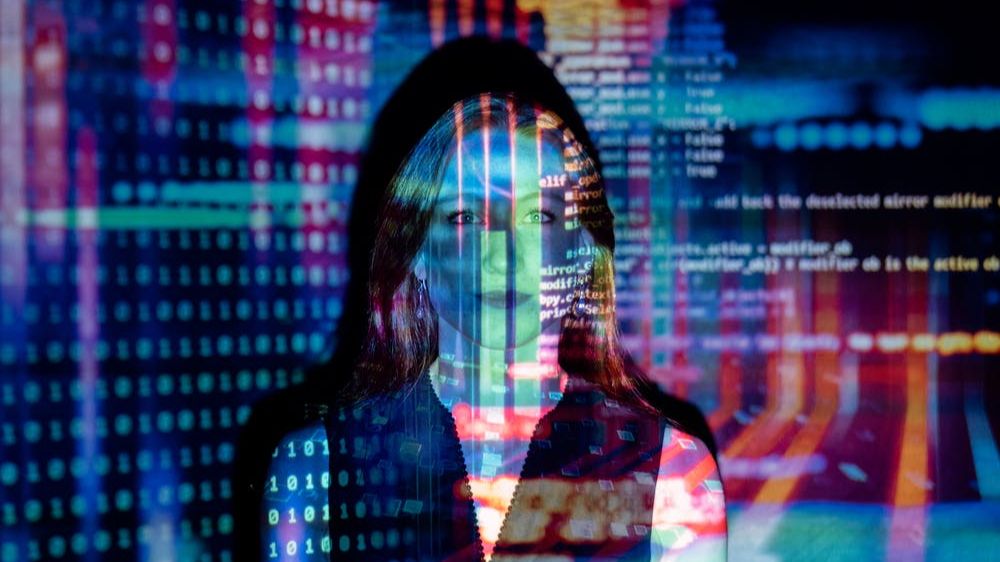Deepfakes- Seeing is believing?

Tushar Bhatnagar

In a parallel world, advancing technology is getting better at reproducing reality with each passing day. Have you ever wanted to add new words to a politician’s speech, star in your favourite movie, or look like a celebrity? Well, Deepfakes is the solution. Deepfakes uses a deep learning machine to create to falsify scenarios.
Although, this practice has existed for decades: this is how the Late actor Paul Walker was reinvigorated in the movie Fast and Furious 7. However, in the present times the use of machine learning has made the process swifter.
Deepfake is the result of deep generative modelling, a new advanced technology that allows us to spawn duplicates of real faces and create new ones, in addition with true-to-life images, of people who do not exist in reality.
This technology has advanced rapidly from just imitating faces to duplicating entire bodies. This technology if used ethically has the potential to revolutionise the Education sector, the health sector. It can also put an end to language barriers. For instance, using AI a campaign on Malaria was made where David Beckham spoke in different languages to share the objective of the campaign.
Deepfake technology will play an interesting role in the future in recreating past events and in picturing future possibilities. No matter how revolutionary the technology is, it is crucial to use it with the upmost caution. Although we desire to see only the positive application of this technology, the shams and the probable fraudulent schemes cannot be ignored altogether.